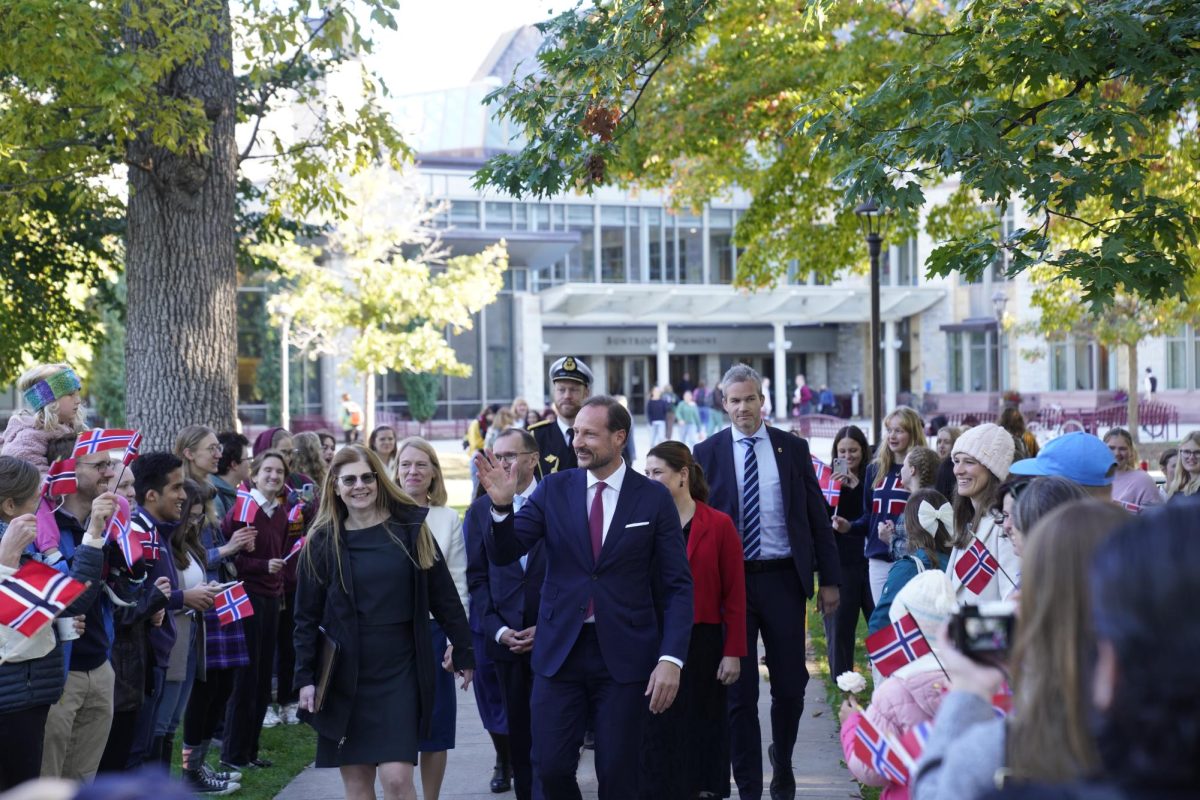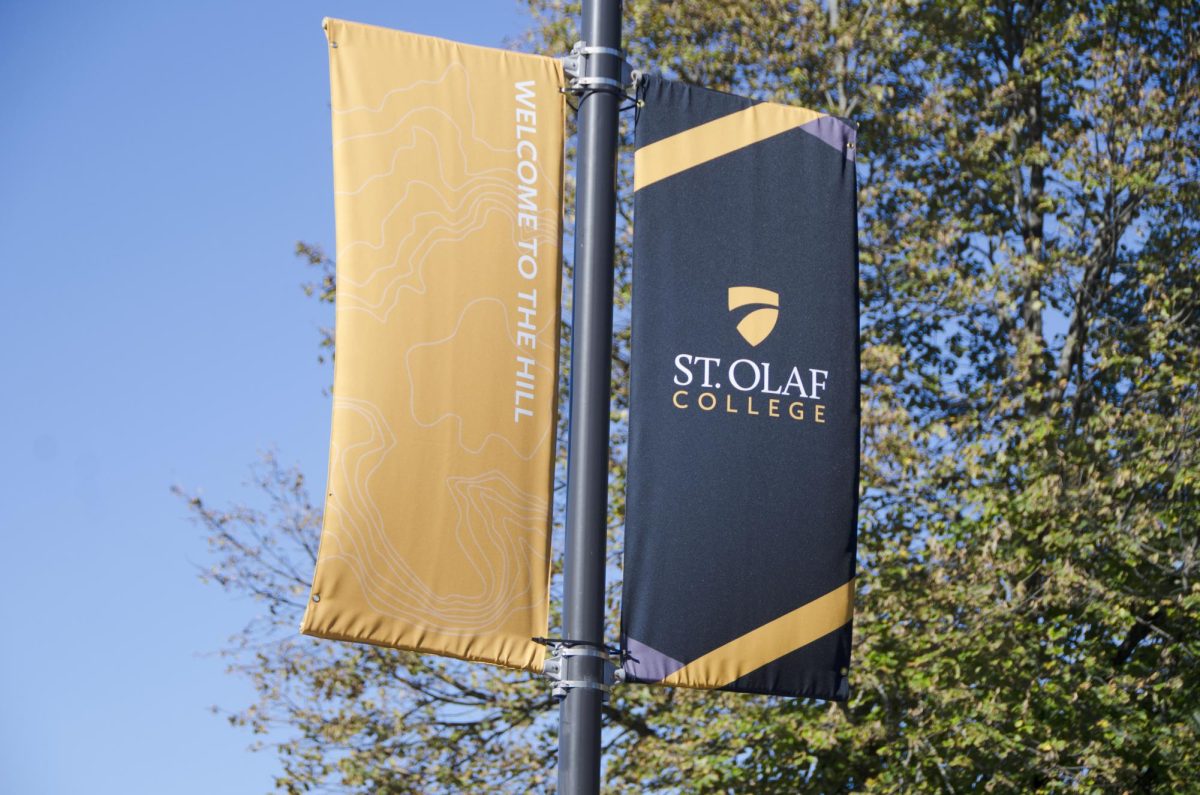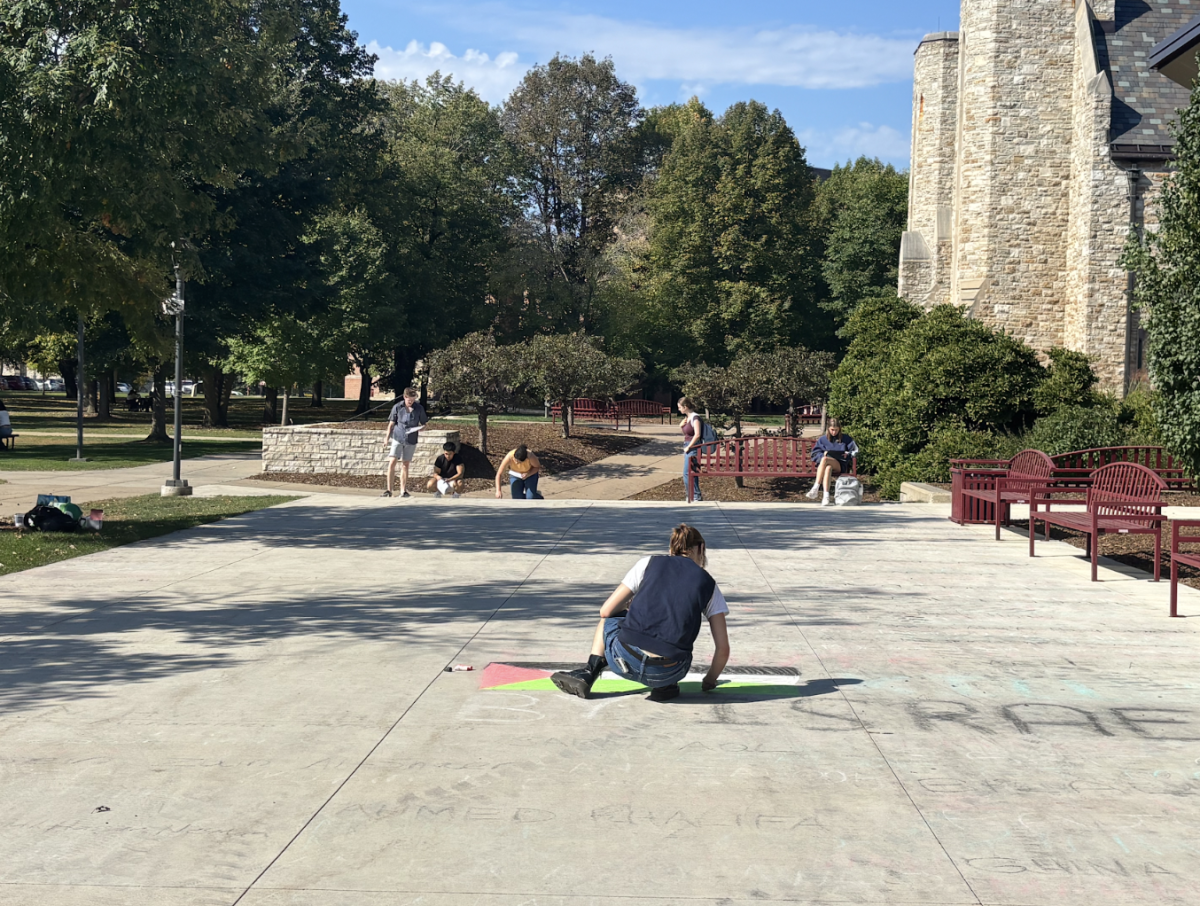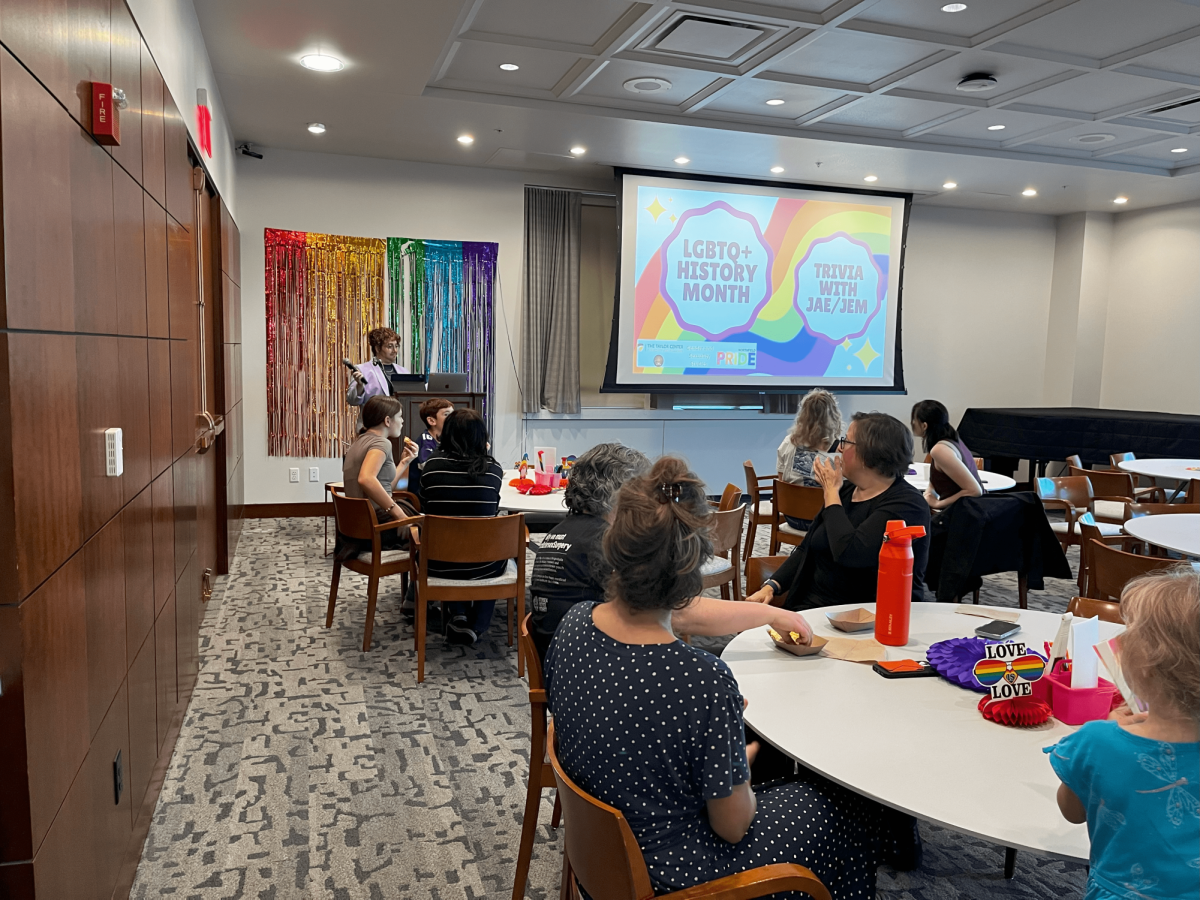The political science department welcomed Thomas Berg, one of the nation’s leading scholars of law and religion, to the Center for Art and Dance on Thursday, Nov. 8 to present a lecture titled “Religious Freedom in a Polarized World.”
Berg, a former Rhodes Scholar at Oxford University, has published nationally recognized work, including over 40 briefs and dozens of op-eds covering various religious and constitutional topics, and has been cited several times by the U.S. Supreme Court and federal courts of appeals. At St. Thomas University, where Berg serves as James L. Oberstar Professor of Law and Public Policy, Berg supervises students writing briefs in major religious liberty cases.
Dan Hofrenning, professor of political science, invited Berg and organized the lecture.
“[Berg] has done a lot of work on religious liberty,” Hofrenning said. “Berg is trying to say, with a fully functioning first amendment, we need a system that is open and generous to the practice of religious liberty. This is the question that Berg hopes to wrestle with – what is the system that allows the greatest amount of free practice?”
Berg discussed the ways this question has been interpreted in the polarized world of U.S. politics. Citing legal cases from across the nation, such as Masterpiece Caseshop vs. Colorado Civil Rights Commission, Berg analyzed the constitutional basis for Supreme Court decision-making processes and how divides over religious liberties have intensified on both sides in recent years.
Berg believes that religious freedom is meant to calm deeply held views and calls for a renewed commitment to religious liberty.
“There should be a strong value placed on religious freedom,” he said. “This value must extend equally to all faiths.”
To further analyze this idea and how it mirrors U.S. politics, Berg offered spectators the history of the Religious Freedom Restoration Act of 1993.
The Religious Freedom Restoration Act of 1993 was passed by Congress, Berg explained. The Act found varying degrees of success when it was extended to the states, and different administrations have held differing views on the Act. An example provided by Berg was the different opinions expressed by both Bill and Hillary Clinton.
“In 1993, the Act was initially called ‘majestic’ by Bill Clinton,” Berg said. “In 2015, Hillary Clinton condemned the same Act.”
Berg cited this contrast as an example of the contentious interests of religious freedom in the United States, as even members of the same party interpreted actions differently.
“The negative effects of Religious Freedom Restoration Acts (RFRAs) have been overstated,” Berg said. “There is reason to fear that the statute will never be accepted in general preferences, as the left and right are both extremely selective in their support of religious freedom.”
To better understand the importance of religious freedom, Berg discussed same-sex marriage, looking at the religious liberties of faiths who discourage same-sex relations and the rights of different sexual orientations to marry.
“It is ironic and sad that these rights are seen as conflicting,” Berg said, drawing multiple parallels between the two rights, including personal identity and the nature of conduct.
Finally, covering President Trump’s ban on Muslim immigration, Berg offered a perspective on how courts should look to protect religious liberties for all.
“I think it was unfortunate that the court missed a chance to enforce a basic, vital prohibition on official bigotry towards a religion,” Berg said, analyzing the Supreme Court’s decision to allow Trump’s travel ban to pass. “Blocking the ban would have reasserted the strength of religious liberty.”
Berg contends that it is critical to practice dual assessment on cases of religious liberty.
“Negotiation is in the interest of both sides,” Berg said, citing the conservative state of Utah’s passage of same-sex marriage laws as a positive example of negotiation and dual assessment.
Hofrenning believes Berg has a lot to offer students when looking at issues of religious liberty.
“Students can learn to look at ways in which a society can allow people of different religious ideologies to coexist,” Hofrenning said. “It is possible for students to think through the ways in which people have different commitments about religions and how they can coexist within the same society.”





